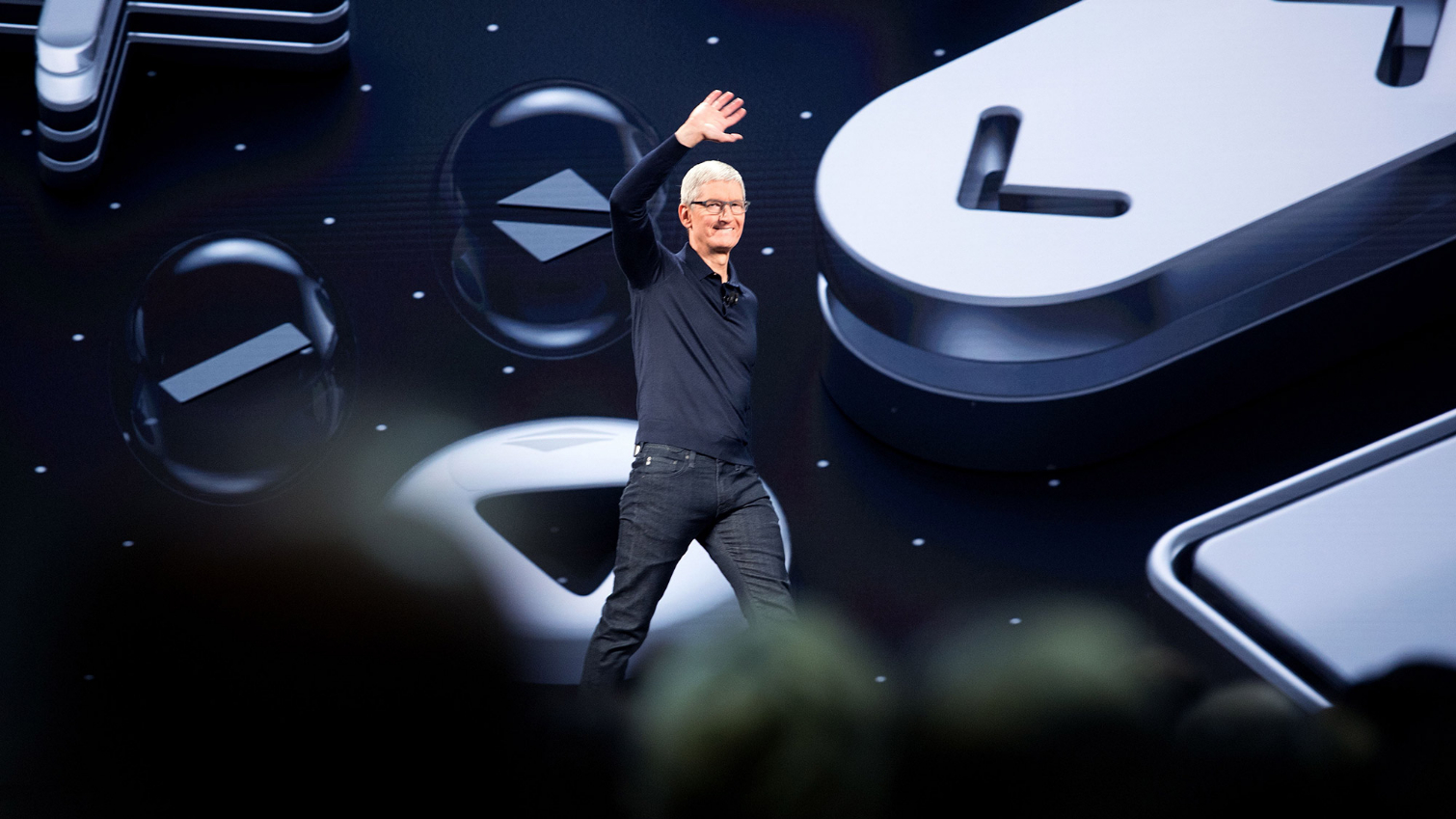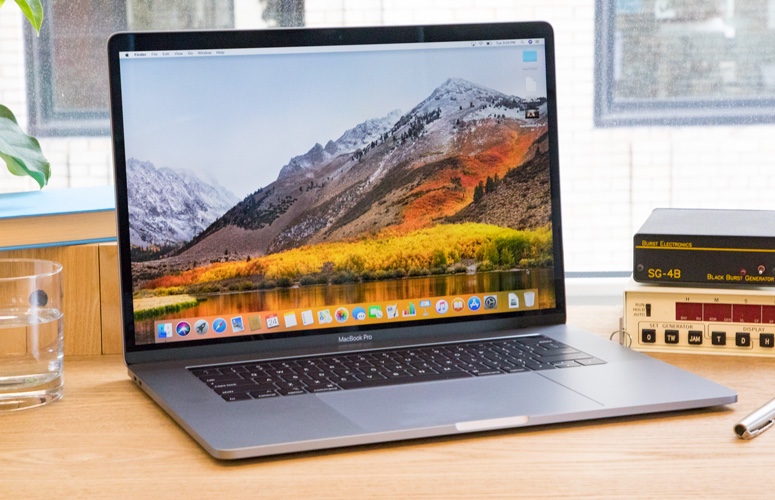Why WWDC 2019 Will Usher In a New Era for Apple
When it gets underway June 3, Apple’s Worldwide Developer Conference could mark the start of some big transitions, particularly for Mac users.
We're about a week away from Apple's Worldwide Developer Conference, the second-biggest date on Apple's calendar after the annual introduction of new iPhones in the fall.

The event is always the start of Apple's annual product cycle, because the company announces its road map for the next year of updates to the operating systems that run iPhone, iPad, Mac, Apple Watch, and Apple TV. But this year's event promises to be the most consequential one in more than a decade.
Last year, Apple said that it would provide iOS developers with a way to take their apps across to macOS in 2019, and, well, here we are. At WWDC, which kicks off this year on June 3, Apple is poised to announce a radical redefinition of what it means to use a Mac, opening the floodgates to Mac apps that were born on iOS.
Old Mac apps will remain intact (for now), but make no mistake: this is the beginning of a shift from iOS and macOS as two separate platforms to Apple's creation of a single, unified development platform for all of Apple's devices.
What’s ahead for Mac apps
Last year's announcement was a prelude, and this will be version 1.0, so it will be merely a first step in a transition that will probably take years. There are lots of questions that probably won't be addressed until 2020 at the earliest, like the possibility of a unified App Store across these platforms. (In the short term, it's expected that iOS apps brought to the Mac will need to be purchased again in the Mac App Store.)
In the long run, I'd expect the new face of the Mac to be a combination of elements from both macOS and iOS, but it will take years for it all to settle down.
Mac users will also face a few years of transition, where there will essentially be two completely different classes of apps, following different rules and potentially observing different interface conventions, running on the same platform. In the long run, I'd expect the new face of the Mac to be a combination of elements from both macOS and iOS, but it will take years for it all to settle down.
Get instant access to breaking news, the hottest reviews, great deals and helpful tips.
In the short term, though, Mac users can look forward to a replay of some of the frustrations of the Carbon/Cocoa era in the mid-2000's, where different apps behaved differently in doing the same jobs, whether it's dragging and dropping or supporting automation tools like Automator (macOS) or Shortcuts (imported iOS).
What Mac users will get out of the transition is a flood of new apps. iOS has been an active platform for new app development for years now, while third-party app development on macOS has slowed to a crawl. Not every iOS app needs to come to macOS, but many of them will be welcome additions. And the Mac provides a new market for iOS app developers who previously would have to learn a completely separate target platform in order to build Mac apps.
I can imagine that a developer who was considering building a professional-level app for the iPad Pro deciding against it because the iPad Pro market is just too small for it to be profitable. When that same app can also be sold to Mac users, the total market is that much larger — and it may tip the scales in the direction of developing that app after all. iPad and Mac users alike will benefit.
Moving to ARM processors
That's the first big transition. Waiting in the wings is the second one, and it's less clear when it will arrive: The Mac's transition away from Intel to Apple-designed ARM processors.
My gut feeling is that Apple doesn't need to start two major transitions for the Mac simultaneously, which is why it's more likely that the ARM transition will happen at next year's WWDC than this year's.
Two events in the past year have given this transition a feel of inevitability. First, Apple released the iPad Pro with the new A12X Bionic processor, which Apple pointed out was faster than the processor in 90 percent of laptops. Second, Apple threw Intel under the bus in a recent phone briefing with financial analysts, pointing out that Mac sales would've grown if Intel hadn't failed to ship Apple enough chips.

It's only a matter of time before Apple builds Macs with its own ARM chips. The question is when, and that has a lot to do with how difficult a transition it will be for software developers. If it's not much more than checking a few boxes in Xcode, Apple's development app, it could really happen anytime — Apple will announce a new ARM-based MacBook, update its developer tools, post a few videos for developers online, and they're done.
If it's a more complicated transition than that, however, they'll want to hold developers' hands a bit more, and use WWDC as the roll-out point. That would still either require Apple to announce new ARM-based hardware or provide a version of macOS that could run on existing ARM hardware, like the iPad Pro.
When you consider that all the new apps coming over to the Mac from iOS will have started their lives on ARM processors, the transition makes even more sense. But my gut feeling is that Apple doesn't need to start two major transitions for the Mac simultaneously, which is why it's more likely that the ARM transition will happen at next year's WWDC than this year's.
Outlook
Regardless of what happens, June 3 will be the start of the enormous task of integrating the Mac into Apple's more popular platform, both in terms of hardware and software. It's a task that will take several years to finish.
Jason Snell was lead editor of Macworld for more than a decade and still contributes a weekly column there. He's currently running the Six Colors blog, which covers all of Apple's doings, and he's the creative force behind The Incomparable, a weekly pop culture podcast and network of related shows.
